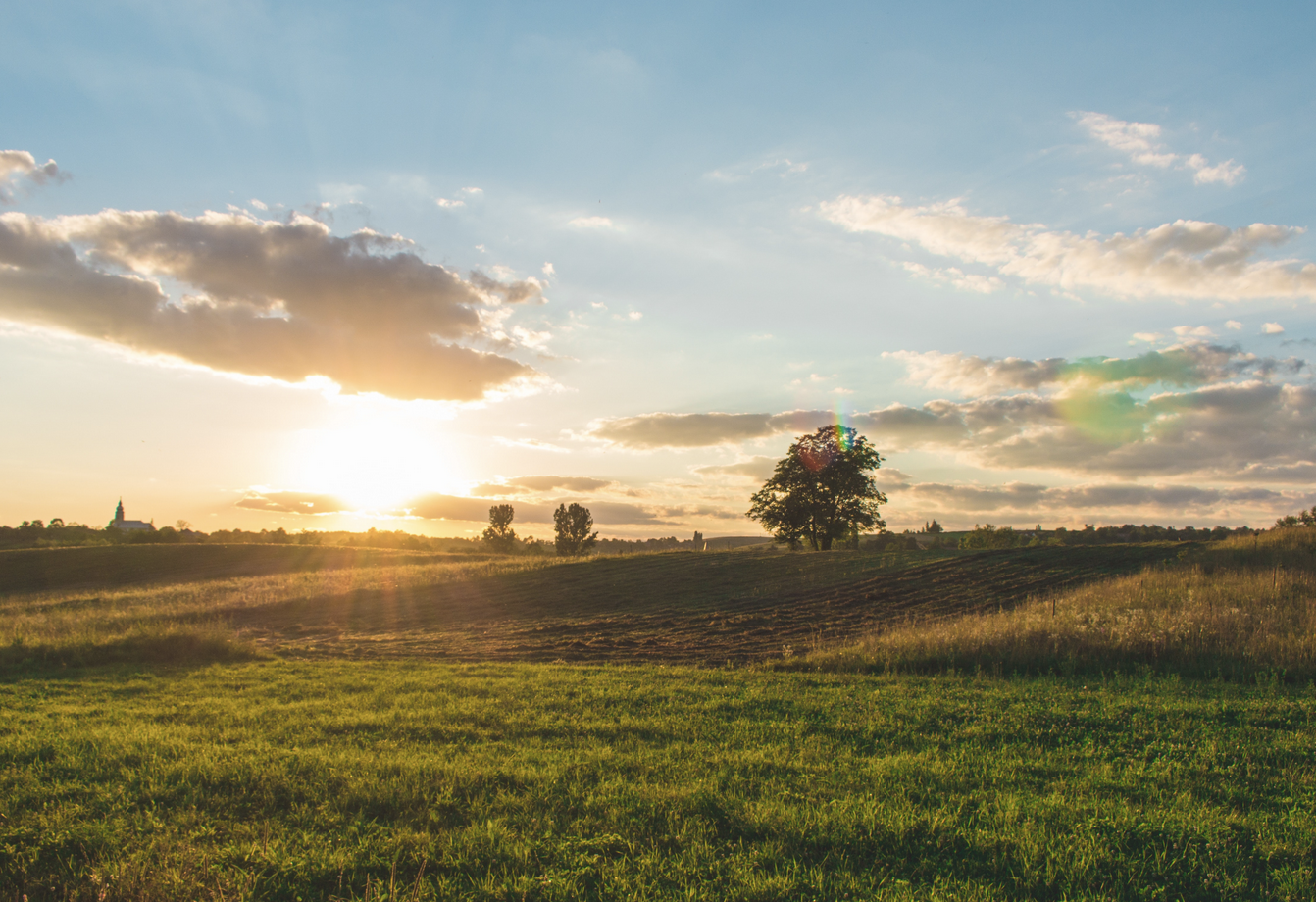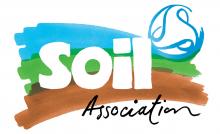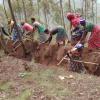This Topic doesn't yet have a Stewarded summary, but connected groups, content and organisations show below.
Click the 'Ask to Join' button if you would like to be a Steward for this Topic and provide a summary of current knowledge and recommend useful resources, organisations, networks and projects.




